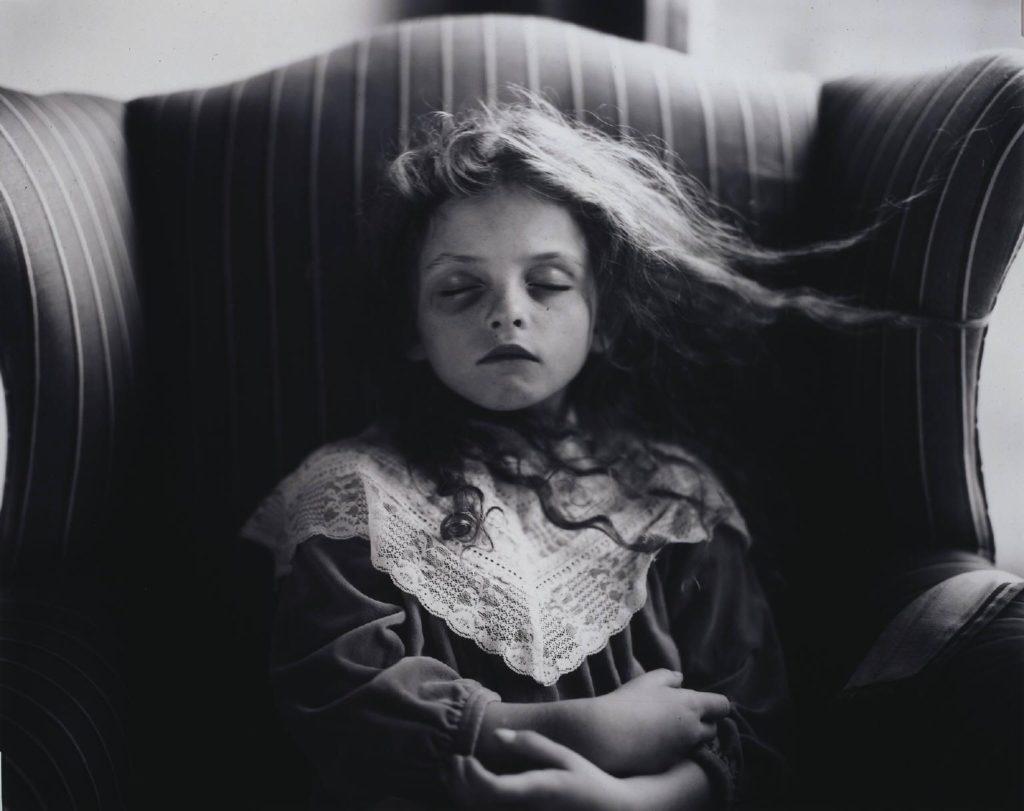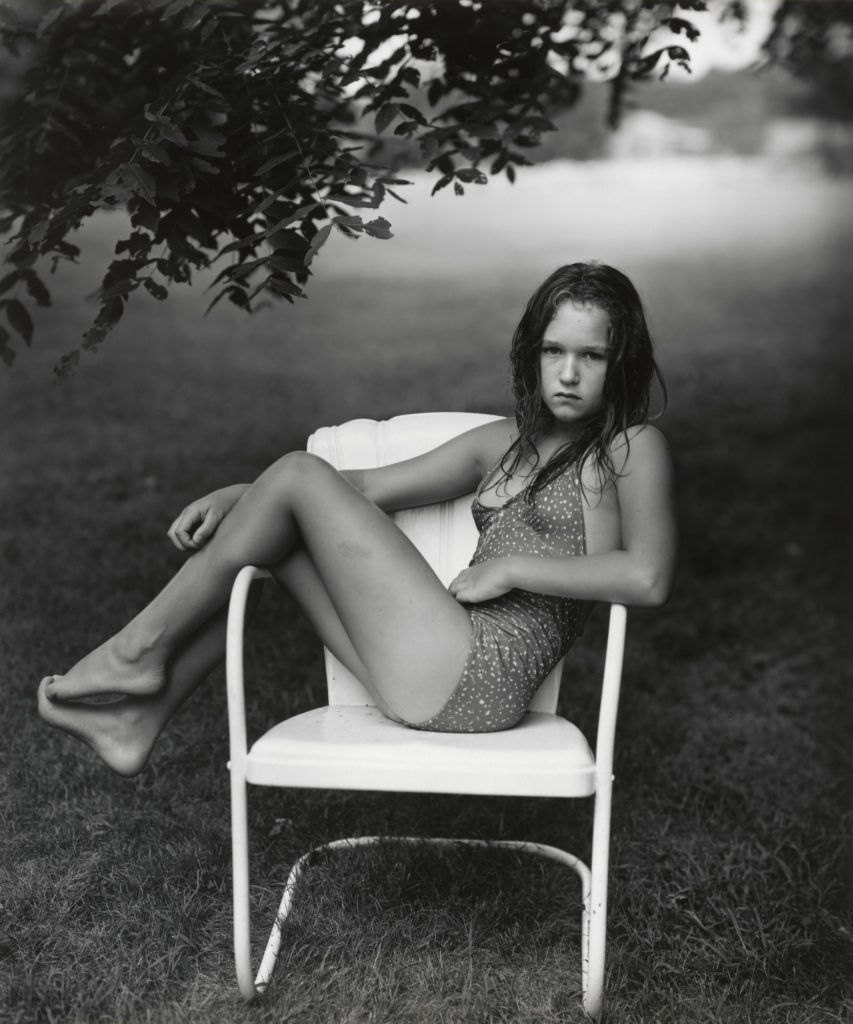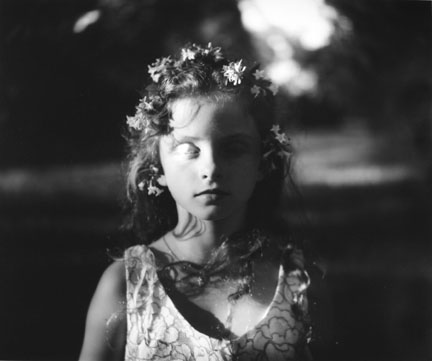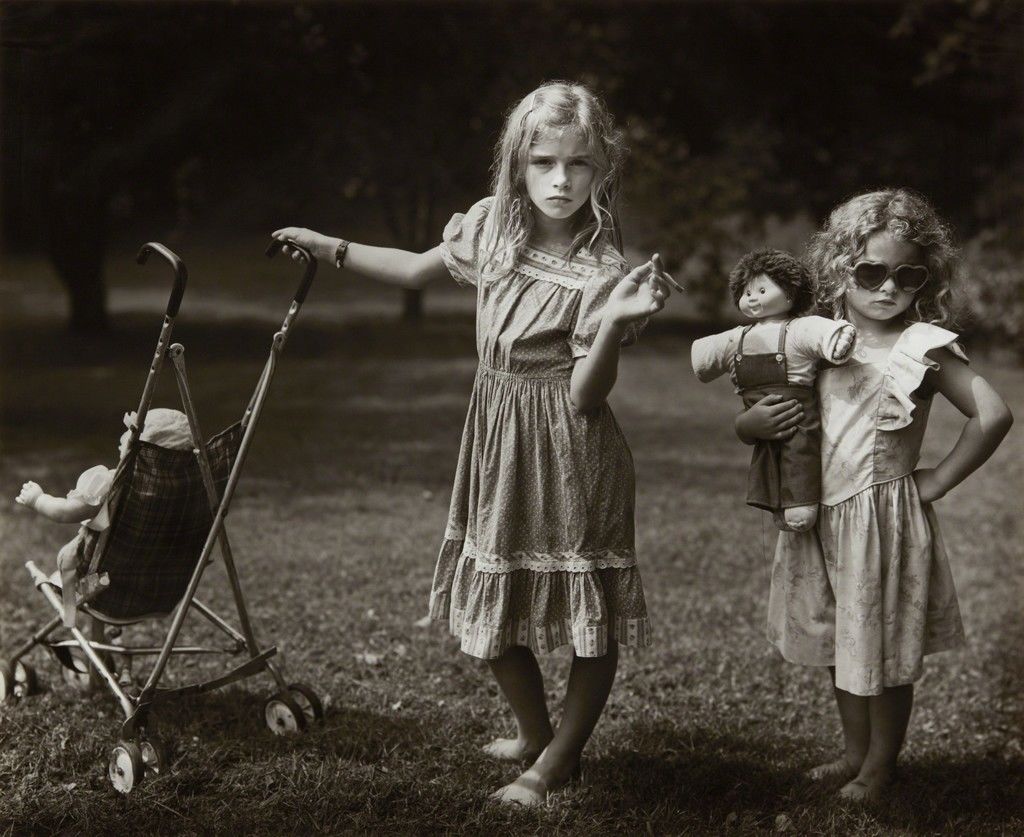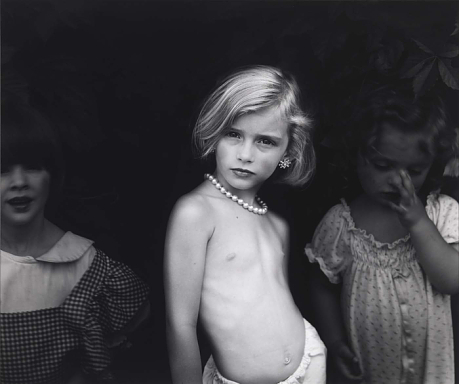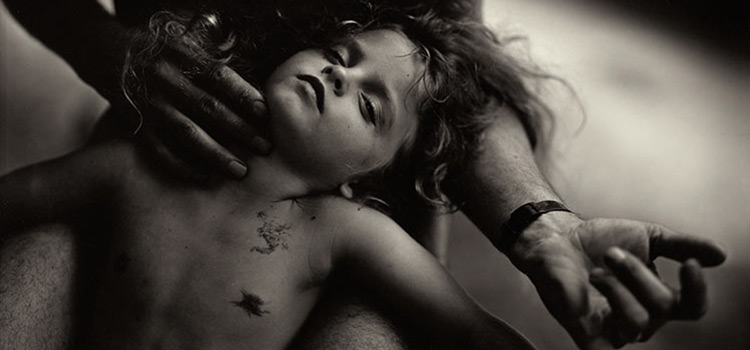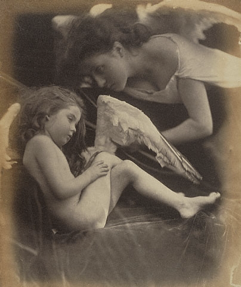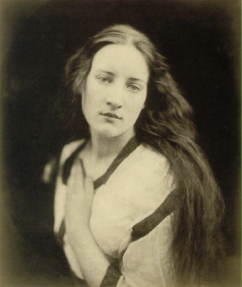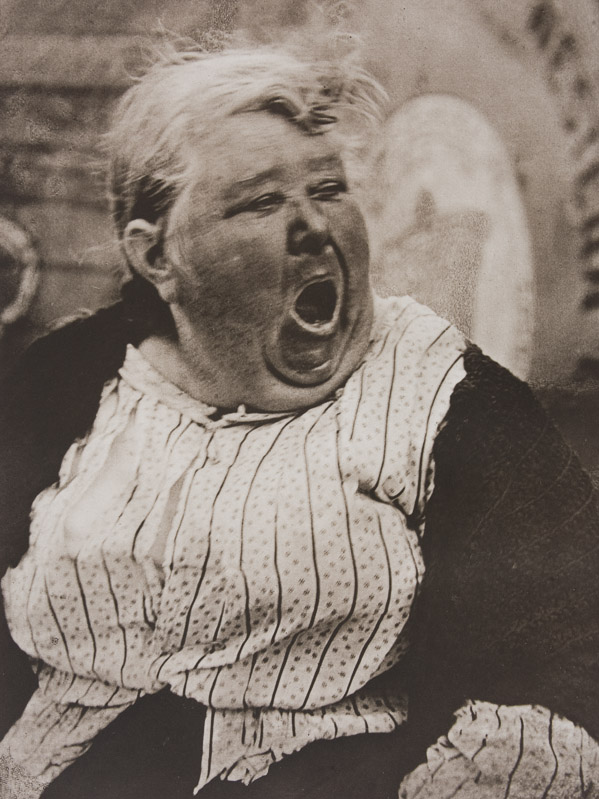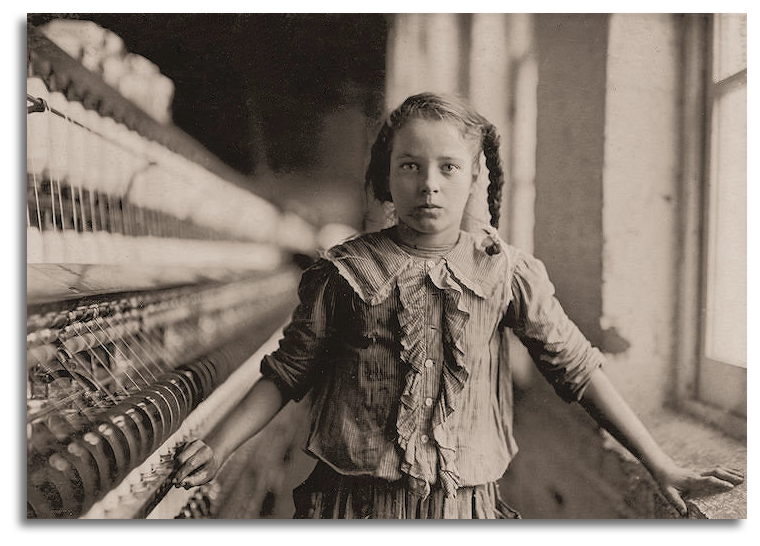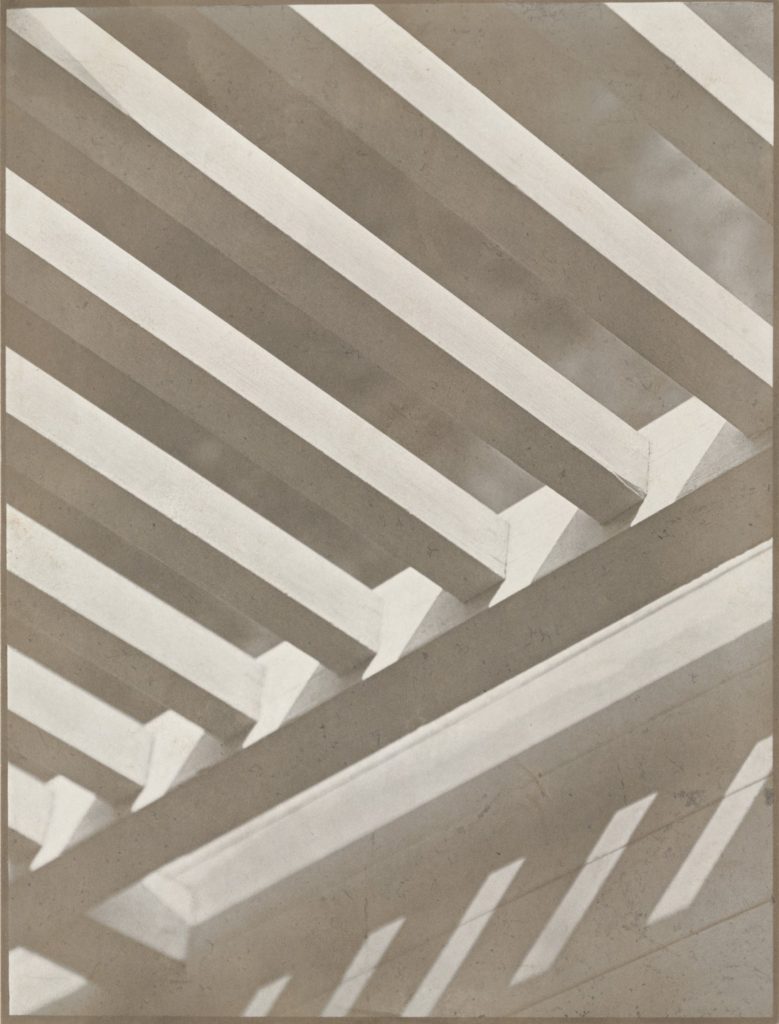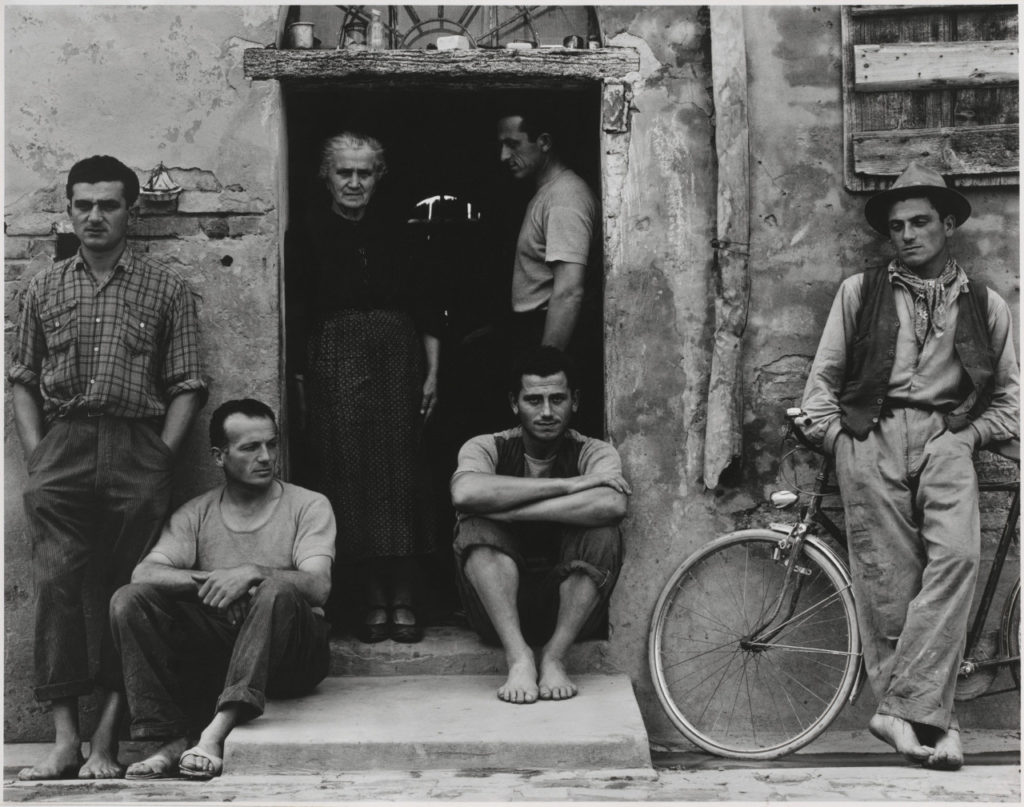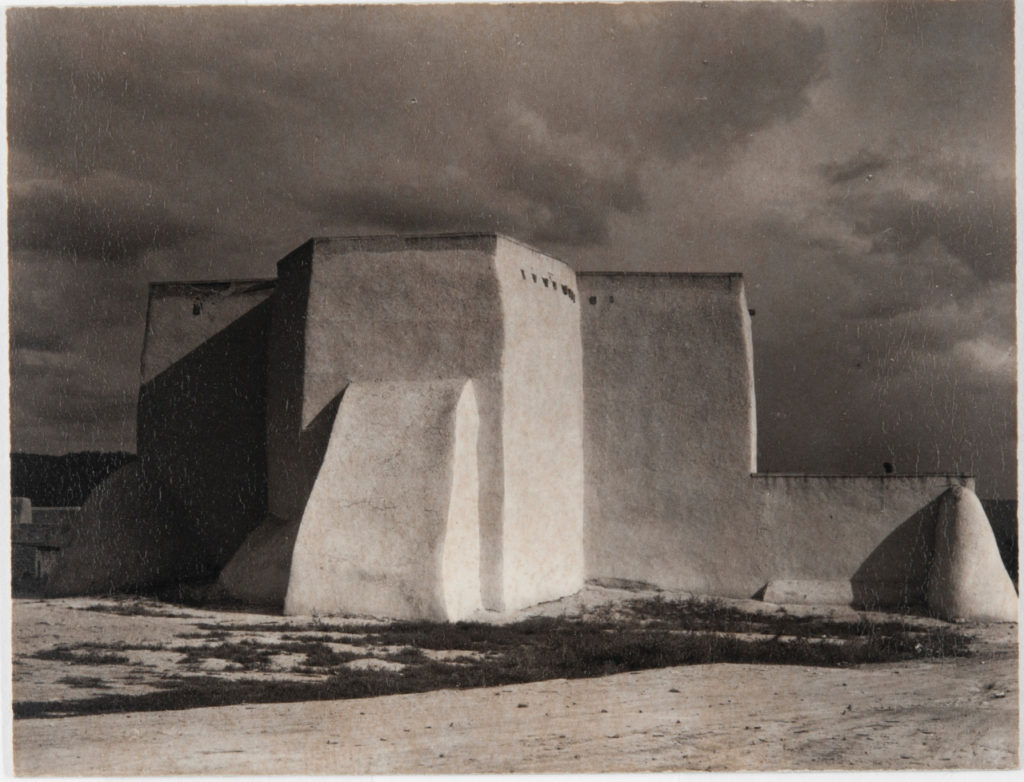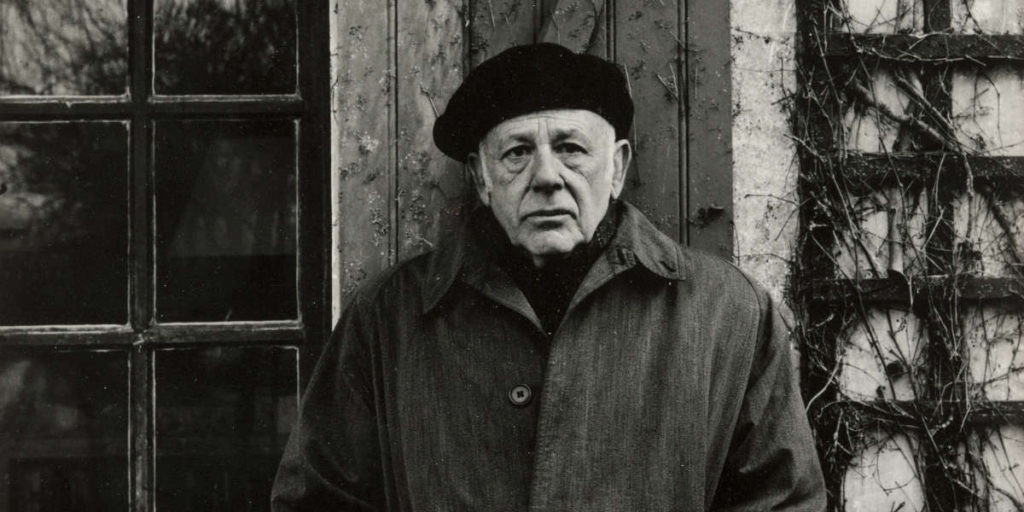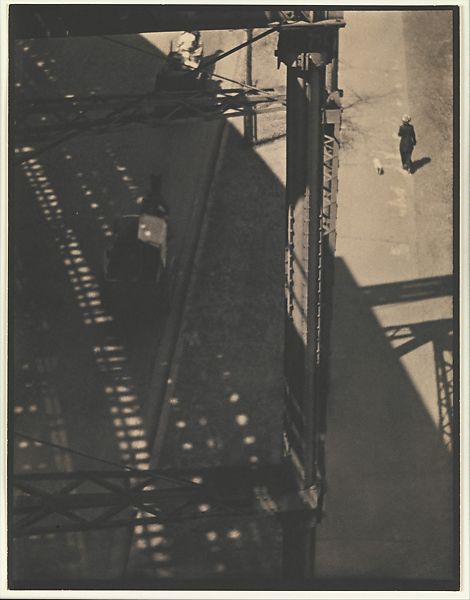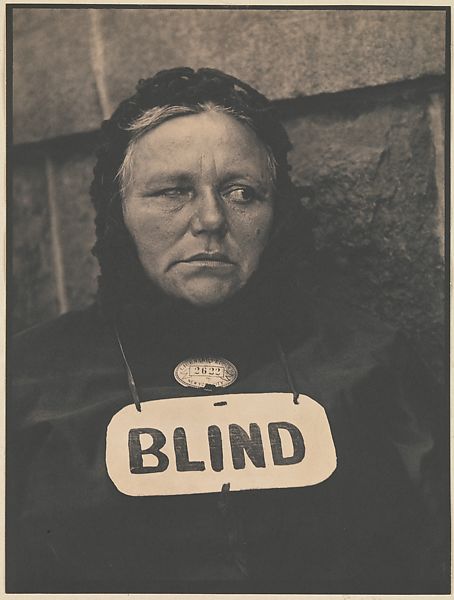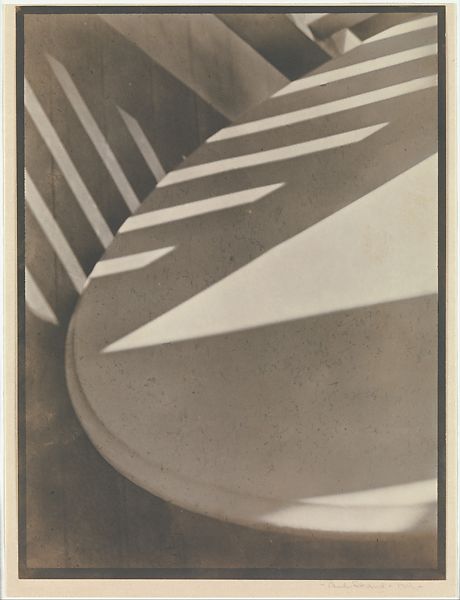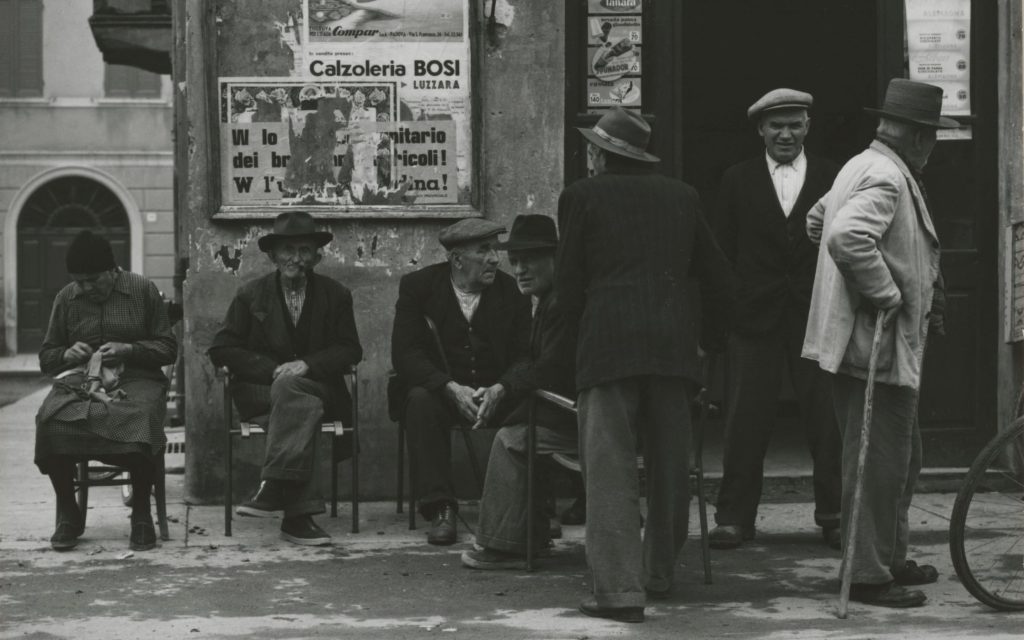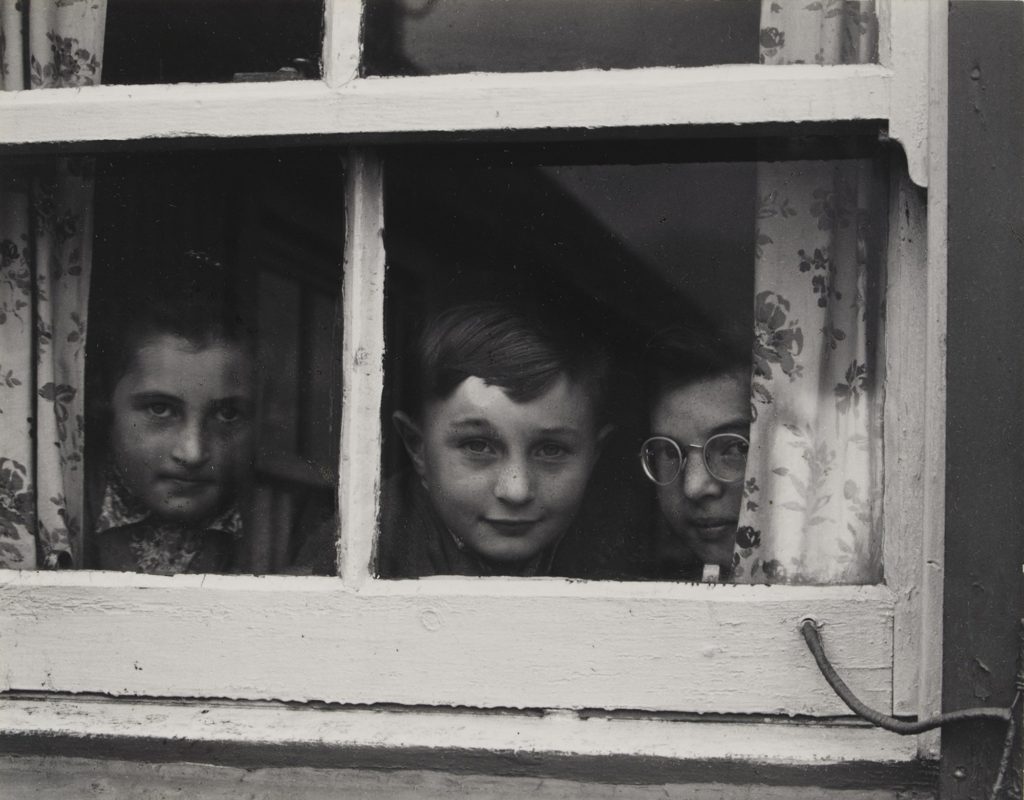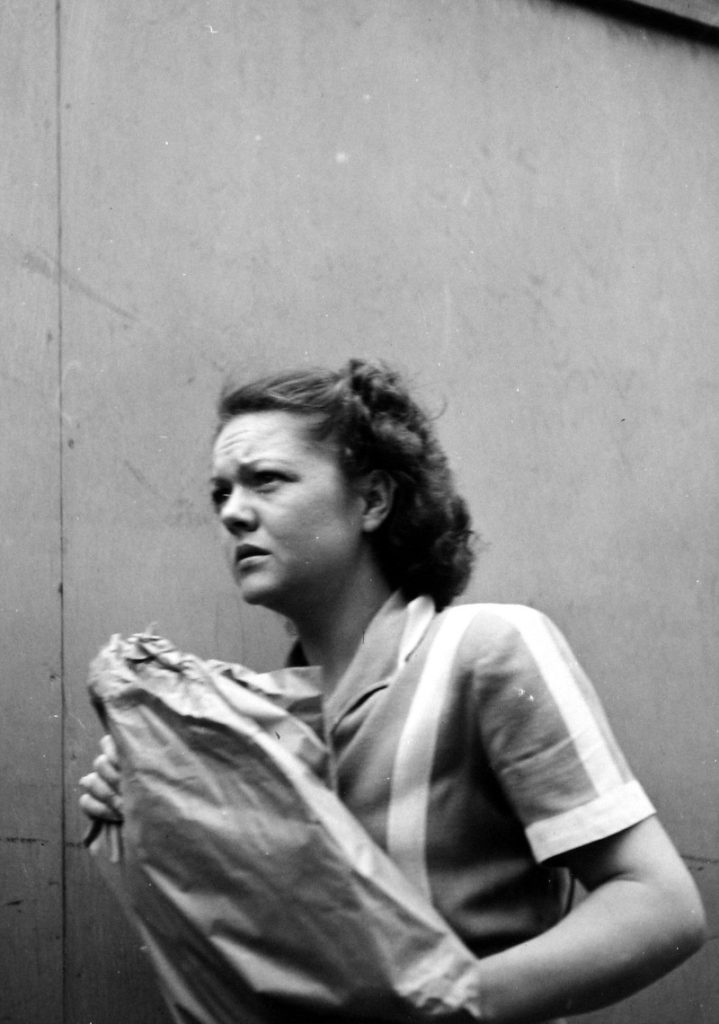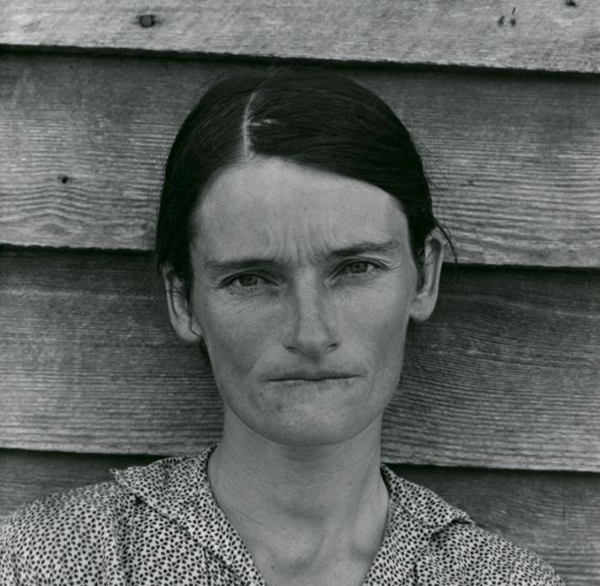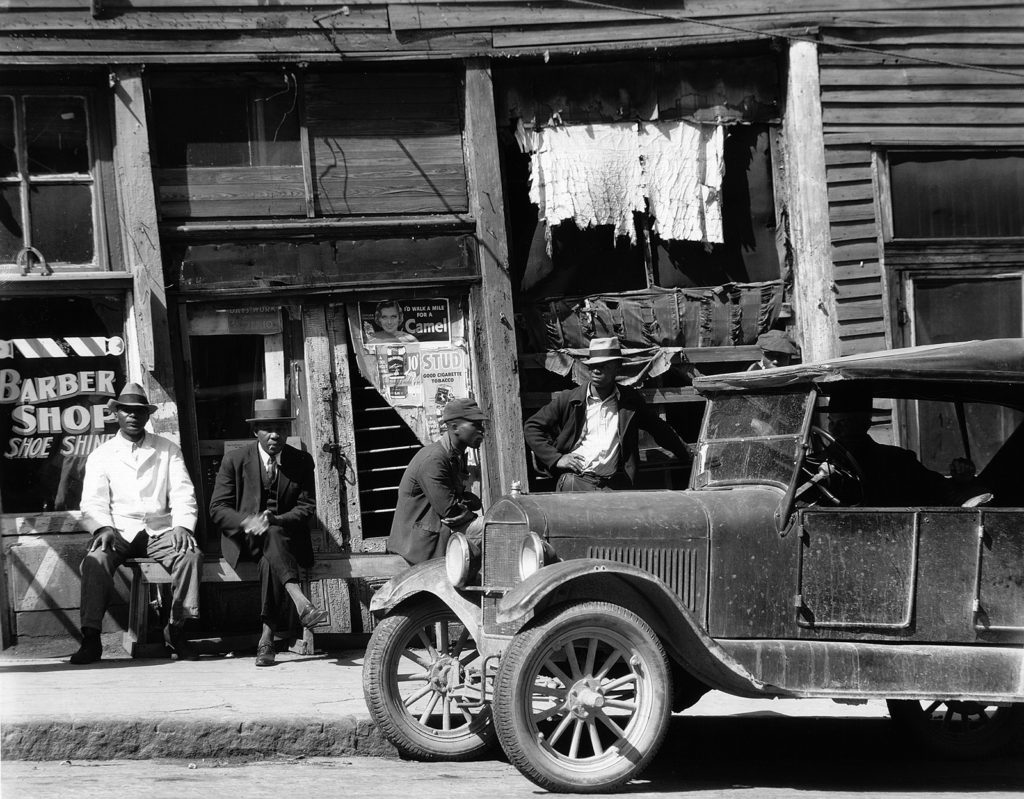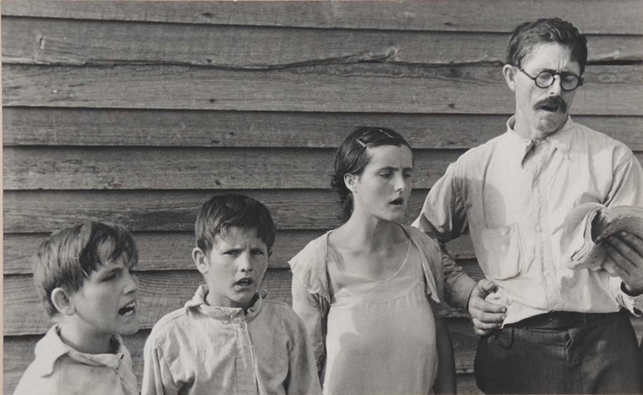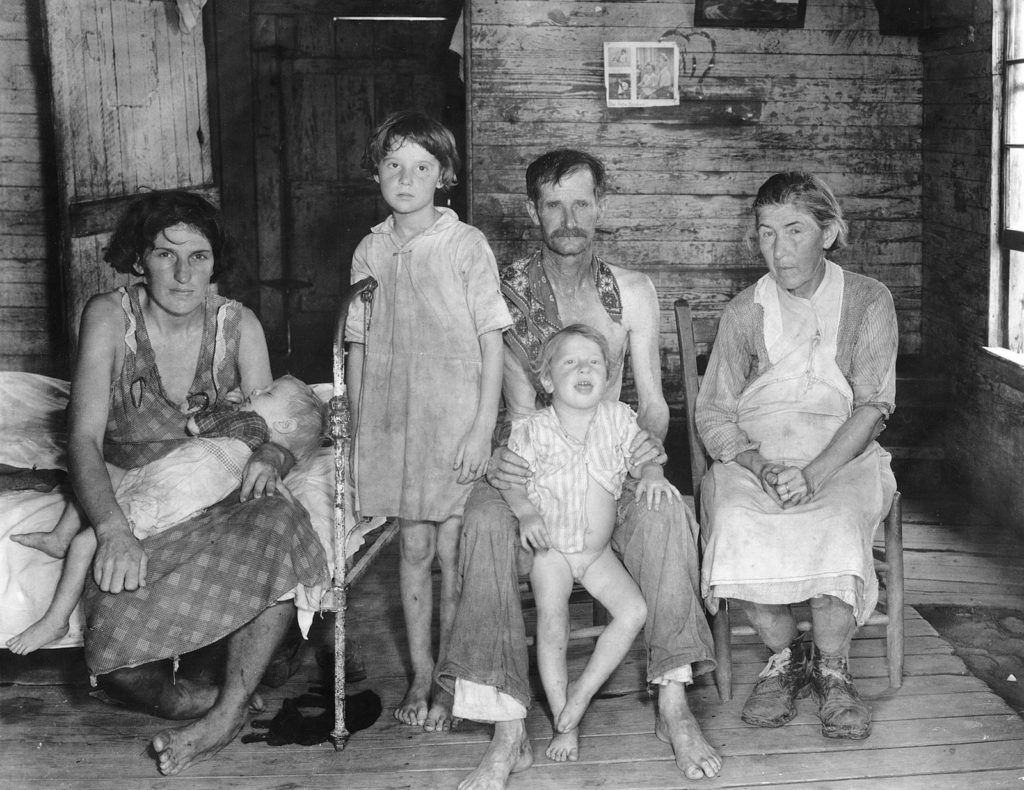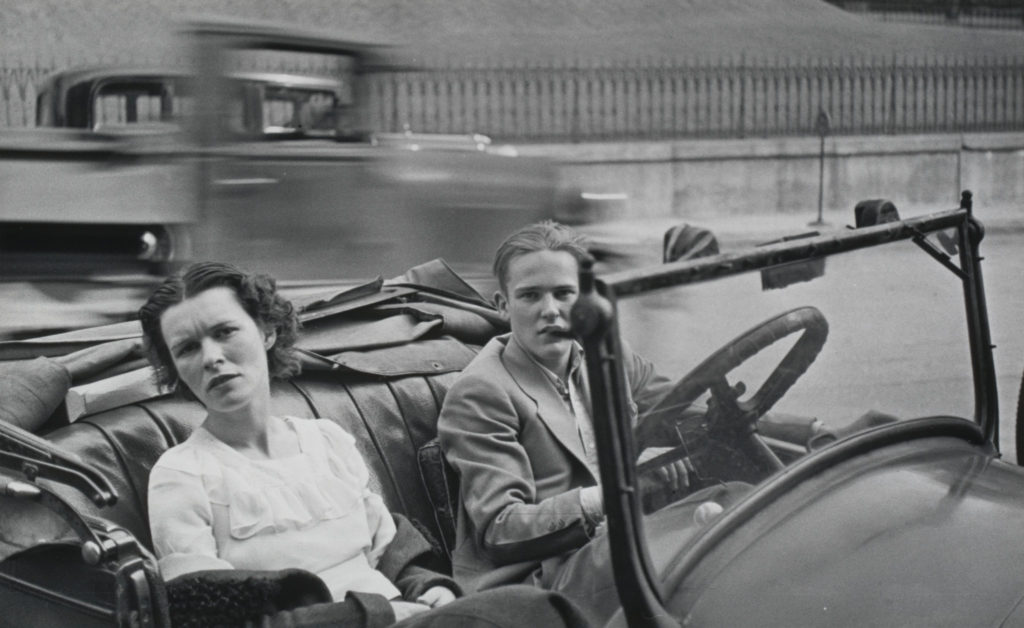PICTORIALISM 1880s -1920s
Key characteristics/ conventions : Pictorialism as a movement thrived from about 1885 to 1915, although it was still being promoted by some as late as the 1940s. It began in response to claims that a photograph was nothing more than a simple record of reality, and transformed into an international movement to advance the status of all photography as a true art form. For more than three decades painters, photographers and art critics debated opposing artistic philosophies, ultimately culminating in the acquisition of photographs by several major art museums. Photographers wanted to be noticed as artists rather than photographers as many people at the time didn’t see photography as an art form, they saw it more as controlling a machine by simply pushing a button. The pictorialists smeared vaseline on the lens of the camera and stretched photographs made to look like art, meant to have darkness and sketchiness.
Key works: Pre-Raphaelite Brotherhood, allegorical paintings, paolo veronese 1558
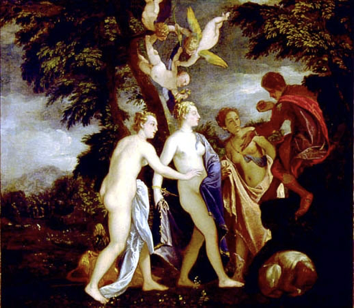
Paolo Veronese (1556) 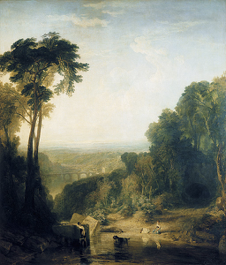
John Everett Millais (1829-1896) 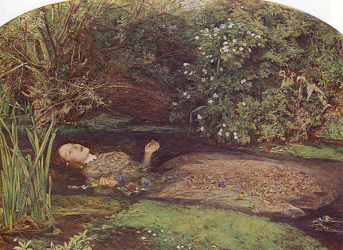
JMW Turner (1775-1851)
Sally Mann
Drawing upon her personal experiences as inspiration, Sally Mann creates a haunting series of photographs that speaks about the one subject that affects us all, the loss of life. Dark, beautiful and revelatory, What Remains, created in 2004 is a five-part meditation on mortality, explores the ineffable divide between body and soul, life and death, spirit and earth. This body of work consist of landscape, pictures of decomposing bodies and portraits of her children.

Mann is an American photographer known for her black-and-white portraits of her family and documentation of the landscape of the American South. Since the 1970s, she produced a series of photographic portraits, landscapes, and still life’s and is best known for her intimate portraits of her family, including her three young children and husband. Similarly to David Hamilton, Mann has caused controversy with her nude photographs causing repeated outcries and calls for censorship. The complexity of her photographs, including her most famous series Immediate Family (1984–1994), which depicts her three children, who were then all under the age of 10, explores the time between childhood and adolescence. “As ephemeral as our footprints were in the sand along the river, so also were those moments of childhood caught in the photographs,” she reflected.
“And so will be our family itself, our marriage, the children who enriched it and the love that has carried us through so much. All this will be gone. What we hope will remain are these pictures, telling our brief story.”
Sally Turner Munger on May 1, 1951 in Lexington, VA, she received her BA and later her MA from Hollins College in Virginia before working as an architectural photographer for Washington and Lee University during the mid-1970s.Throughout the following decade, the artist’s career grew as she began producing books of photography, including At Twelve: Portraits of Young Women (1988), which captures developing identities of 12-year-old-girls from her hometown and includes her notable work, Candy Cigarette (1989). From 1999 until his death in 2011, Mann photographed Cy Twombly’s studio in her hometown of Lexington, VA. Using large-format cameras to capture fine details, Mann’s images appear antique due to her interest in early photographic technology, as well as revisiting the 19th-century process of wet collodion. Her work can be found in the collections of The Museum of Modern Art in New York, the Art Institute of Chicago, the National Gallery of Art in Washington., and the Los Angeles County Museum of Art. Mann currently lives and works in Lexington, VA.
Julia Margret Cameron (1815-1879)
Julia Margaret Cameron was a British photographer who is considered one of the most important portraitists of the 19th century. She is known for her soft-focus close-ups of famous Victorian men and for illustrative images depicting characters from mythology, Christianity, and literature. Cameron’s photographs were unconventional in their intimacy and their particular visual habit of created blur through both long exposures, where the subject moved and by leaving the lens intentionally out of focus. Cameron is also known for known today for her moving and sensitive portraits of eminent Victorians. A paramount example is her 1867 photograph of Sir John F. W. Herschel, in which the scientist, mathematician, and photographic experimenter looks directly at the camera, emerging from the shadows with the tousled hair and deep facial lines of a man devoted to the intellectual life. Her soft-focus style, ridiculed by many critics and photographers of the period who were devoted to sharp precision in photography, gives Herschel a timeless quality and emphasizes the essence of the man instead of transitory details. About such sittings, Cameron wrote, “When I have had such men before my camera my whole soul has endeavored to do its duty towards them in recording faithfully the greatness of the inner as well as the features of the outer man. The photograph thus taken has been almost the embodiment of a prayer.”
Methods/ techniques/ processes:
Gum Bichromate: made by coating the paper in gum arabic, potassium bichromate, and one of the artist’s chosen pigments, then leaving it to develop in the light; this was one of pictorialists’ favourite techniques
Platinum Print: this is a two step process where the photographer starts by exposing paper sensitised with iron salts to a negative, then chemically developing it and replacing the iron salts with platinum, allowing for a wide range of tones
Cyanotype: had outcomes where deep blue tones, they did this by covering the photographic paper with light-sensitive iron salts.
Carbon Print: this is made by coating tissue paper with potassium bichromate, carbon black pigment, and gelatine; provides great detail and so became one of the most commercially-available development methods.
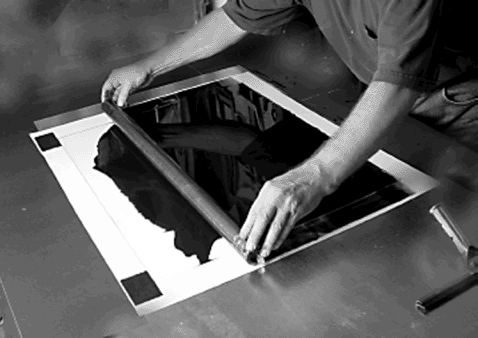
Carbon Print 
Cyanotype 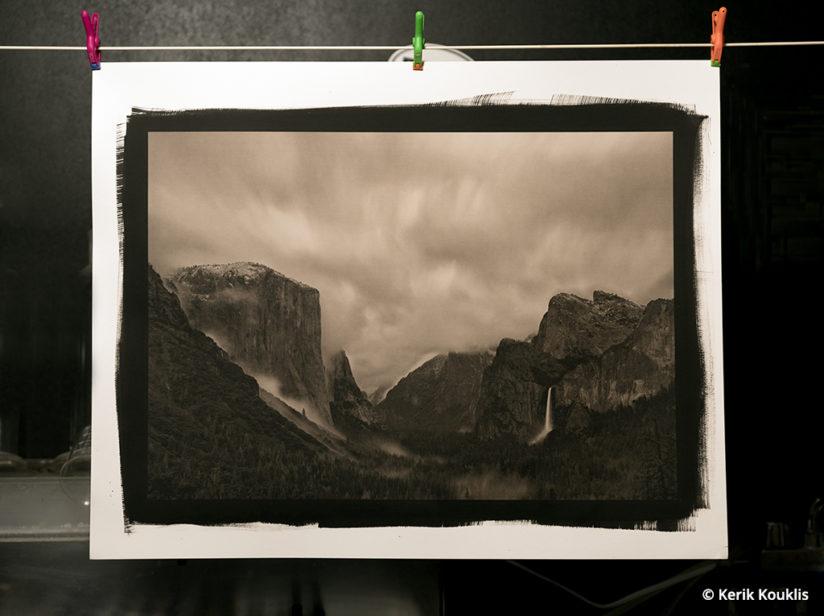
Platinum Print 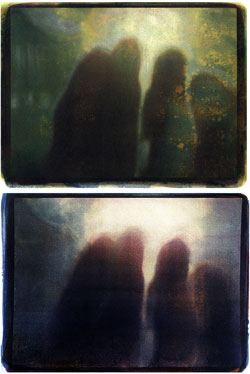
Gum Bichromate
REALISM / STRAIGHT PHOTOGRAPHY
Pure photography or straight photography refers to photography that attempts to depict a scene as realistically and objectively as permitted by the medium, renouncing the use of manipulation. The West Coast Photographic Movement is best known for the use of this style. Straight Photographers were photographers who believed in the intrinsic qualities of the photographic medium and its ability to provide accurate and descriptive records of the visual world. These photographers strove to make pictures that were ‘photographic’ rather than ‘painterly’, they did not want to treat photography as a kind of monochrome painting. They abhorred handwork and soft focus and championed crisp focus with a wide depth-of-field. Realism within photography (closely associated with ‘straight photography’) this style grew up with claims of having a special relationship to reality, and its premise, that the camera’s ability to record objectively the actual world as it appears in front of the lens was unquestioned. This supposed veracity of the photographic image has been challenged by critics as the photographer’s subjectivity (how he or she sees the world and chooses to photograph it) and the implosion of digital technology challenges this notion opening up many new possibilities for both interpretation and manipulation. A belief in the trustworthiness of the photograph is also fostered by the news media who rely on photographs to show the truth of what took place.
The rural poor or the urban environment were not subjects for Pictorial photographers. But when A Danish immigrant , Jacob Riis published his book, How the Other Half Lives’ about the slums of Manhattan a new kind of realism was born with a socialist dimension. A number of photographer’s such as Lewis W Hine and Dorothea Lange began to document the effects of industrialization and urbanization on working-class Americans. Their work brought the need for housing and labour reform to the attention of legislators and the public and became the origins of what we now call photojournalism.
Paul Strand
n 1907 Stieglitz took this picture, The Steerage and thereby rejected Pictorialism’s aesthetics and became in favour of what Paul Strand called ‘absolute unqualified objectivity’ and ‘straight photographic means’. Stieglitz and Strand was also influenced by European avant-garde art movements such as Cubism and Fauvism and some of their pictures emphasised underlying abstract geometric forms and structure of their subjects.
Walker Evans
Often considered to the leading American documentary photographer of the 20th century. He rejected Pictorialism and wanted to establish a new photographic art based on a detached and disinterested look. He most celebrated work is his pictures of three Sharecropper families in the American South during the 1930s Depression.
Methods/ techniques/ processes: don’t manipulate the photo and have it as it. Emphasis of the frame. abhorred handwork and soft focus and championed crisp focus with a wide depth of field. photographic not painting-like.

